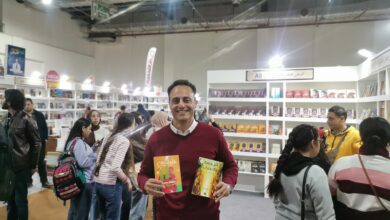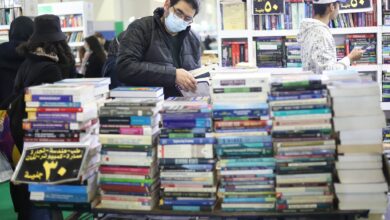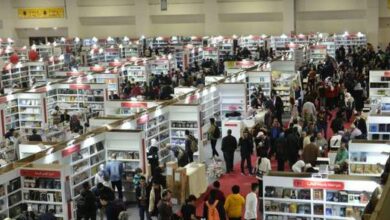
Reading before bedtime is long believed to facilitate sleep, but it might be best to avoid doing so from light-emitting screens, according to a new study from Pennsylvania State University.
Exposure to light before going to sleep suppresses the hormone melatonin, which controls the circadian clock, making it harder to fall asleep.
"Electronic devices emit light that is short-wavelength-enriched light, which has a higher concentration of blue light — with a peak around 450 nm — than natural light," says Anne-Marie Chang, an assistant professor of biobehavioral health. "This is different from natural light in composition, having a greater impact on sleep and circadian rhythms."
Working with a small participant group of 12 adults, Chang and her team compared how long it took them to fall asleep reading books downloaded onto an iPad with reading books from the bookstore or library.
In the two-week study, participants slept at Brigham and Women's Hospital in Boston under the observation of the research team, who also monitored their melatonin levels, how long they slept and their alertness in the morning.
As they drifted off, participants read from 6pm to 10pm from an iPad for five consecutive nights and then switched to print for another five nights in a row using the same timeframe.
Those who read from the iPads took 10 minutes longer to fall asleep than those who read from print and their sleep was lighter, indicated by data that measured considerably less rapid eye movement (REM) sleep from the iPad readers than it did for the print readers.
"Our most surprising finding was that individuals using the e-reader would be more tired and take longer to become alert the next morning," says Chang. "This has real consequences for daytime functioning, and these effects might be worse in the real world as opposed to the controlled environment we used."
The Kindle e-reader could be an exception, for it emits no light, according to the research team, who measured the amount of brightness emitted by the iPad, iPhone, Kindle, Kindle Fire and Nook Color.
All other devices emitted roughly the same amount of light, with the iPad topping the brightness list.
Chang, whose study was published in Proceedings of the National Academy of Science, says further research is necessary in light of dire sleep statistics in modern society.




